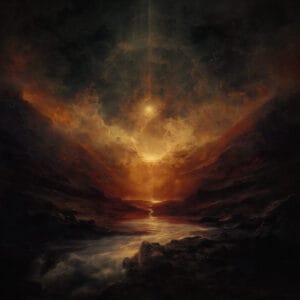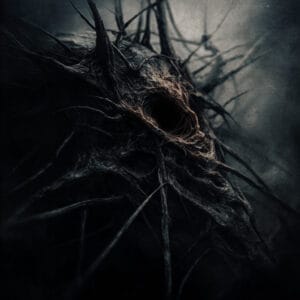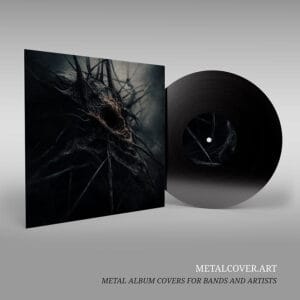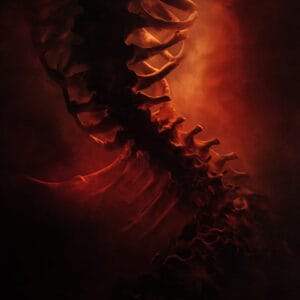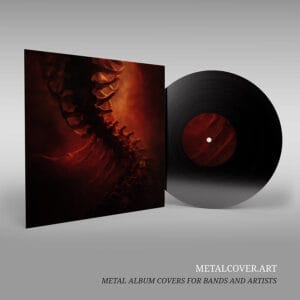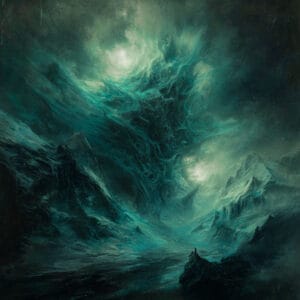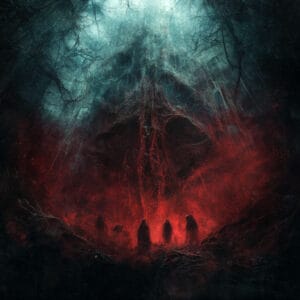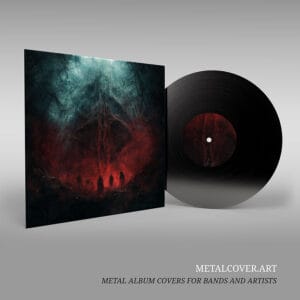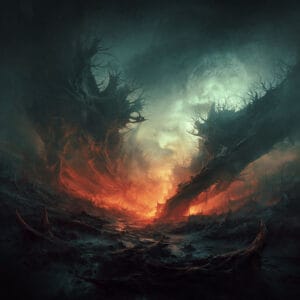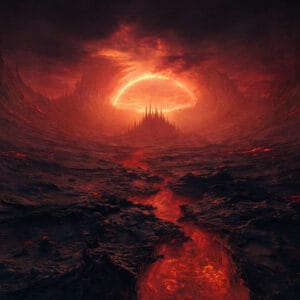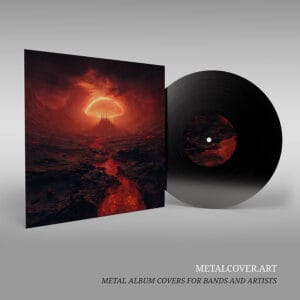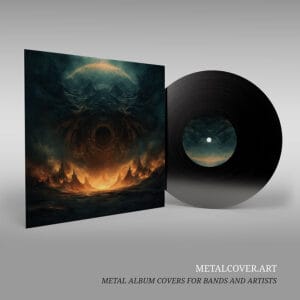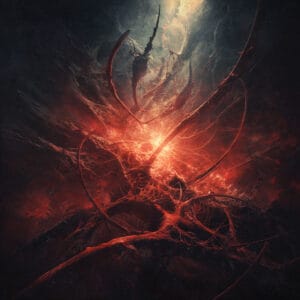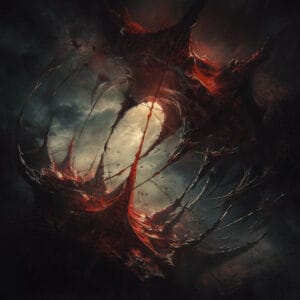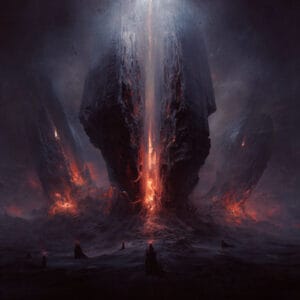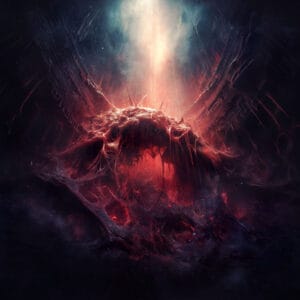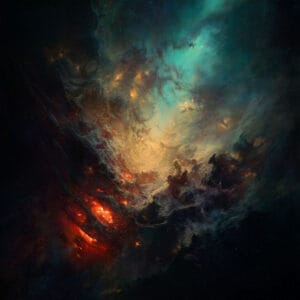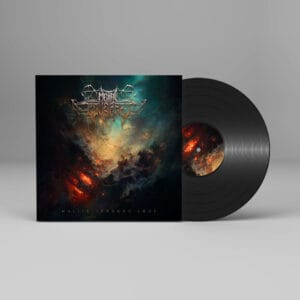The Power of First Impressions
When a listener stumbles across a new metal band, the first thing they notice isn’t the sound—it’s the imagery. Metal artwork creates powerful psychological associations before a single note is played. From themes of death to surreal symbolism, these visuals are subconscious portals into a band’s ethos. In this article, we explore the psychology behind metal artwork and how it shapes audience perception.
Metal Artwork as a Branding Tool
For musicians, metal artwork isn’t just decoration—it’s branding. A band’s aesthetic conveys their values, genre, and emotional tone. Just like logos in corporate design, metal visuals trigger instant recognition. An effective visual identity can make a band memorable, distinct, and trustworthy in the eyes of fans.
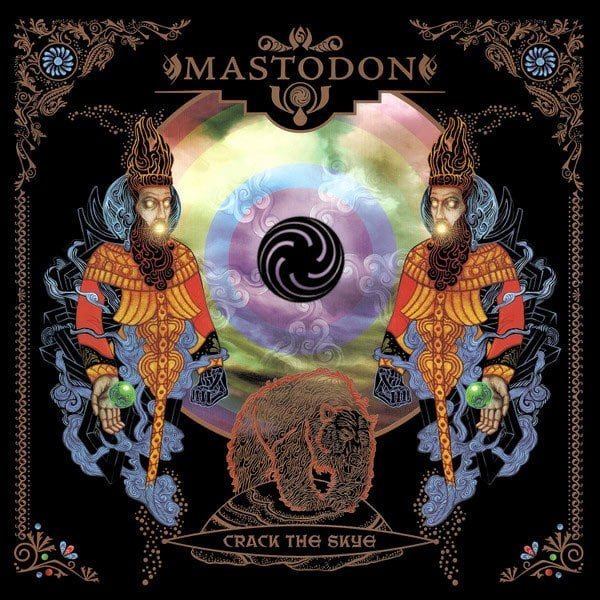
Mastodon – Crack the Skye — This progressive metal cover blends rich blues, golds, and psychedelic imagery to express mysticism and emotional depth.
The Psychology of Color in Metal Artwork
Color plays a critical role in how we interpret album covers:
- Red: Often used in death and thrash metal, red evokes aggression, power, and intensity.
- Black: Ubiquitous in black metal, symbolizing mystery, death, and rebellion.
- Green & Yellow: Found in stoner and doom metal, associated with psychedelia and earthiness.
- Blue and Gray: Frequently seen in progressive and atmospheric metal, conveying introspection and melancholy.
Typography and Cognitive Recognition
Fonts in metal artwork communicate more than words:
- Illegible, twisted fonts (often seen in death and black metal) suggest extremity and exclusivity, filtering in only the most dedicated fans.
- Classic serif or gothic fonts convey a more traditional or historical association, often found in doom or heavy metal.
These design choices send subconscious signals about a band’s genre and culture.
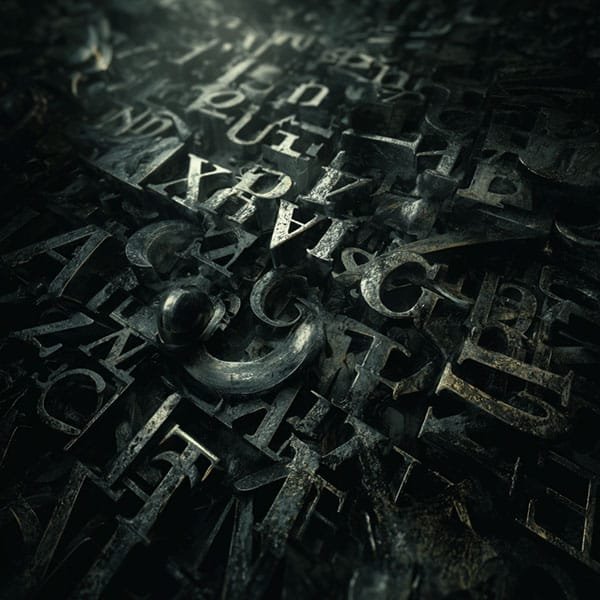

Symbols and Archetypes: Jungian Influence
Carl Jung’s concept of archetypes—universal images shared across cultures— applies powerfully to metal artwork. Symbols like skulls, serpents, inverted crosses, and labyrinths tap into collective unconscious fears and fascinations.
Death – Symbolic — This iconic cover taps into the archetype of transformation and mortality through abstract visuals.
Emotionally Charged Imagery: A Gateway to Connection
Emotion drives connection, and effective metal artwork evokes intense emotional states:
- Fear: Grim reapers, darkness, and decay.
- Awe: Epic landscapes, divine or demonic figures.
- Curiosity: Surreal, complex, or ambiguous imagery.
These emotional cues prepare the listener’s mindset before engaging with the music.
Metal Artwork and Genre Expectation
Different subgenres follow psychological patterns in their visuals, each evoking specific emotions and cultural cues:
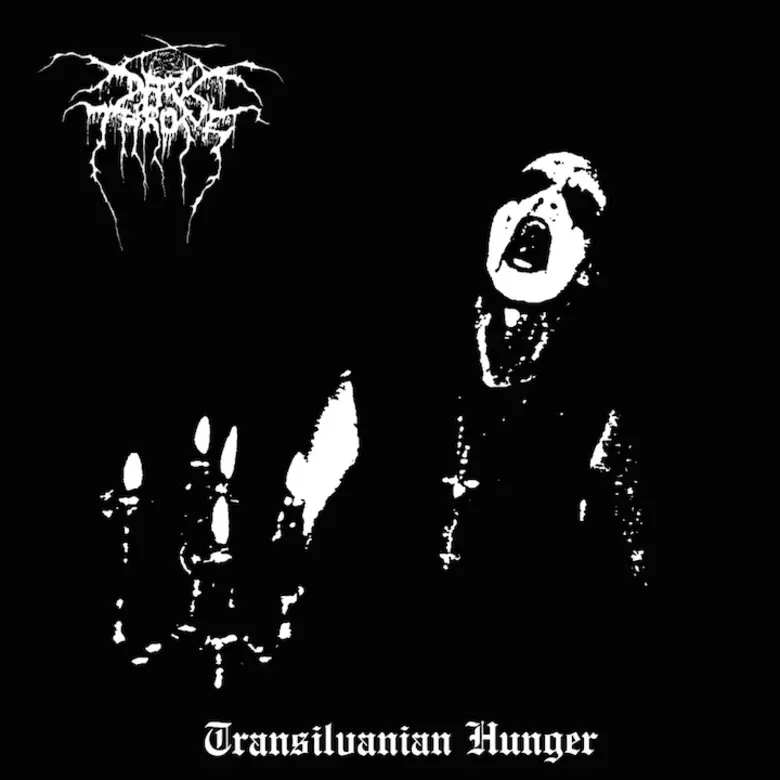
Black Metal
Forests, desolation, corpse paint, and monochrome tones—triggering feelings of isolation, nihilism, and rebellion. Symbolism often includes pagan elements and anti-religious imagery.
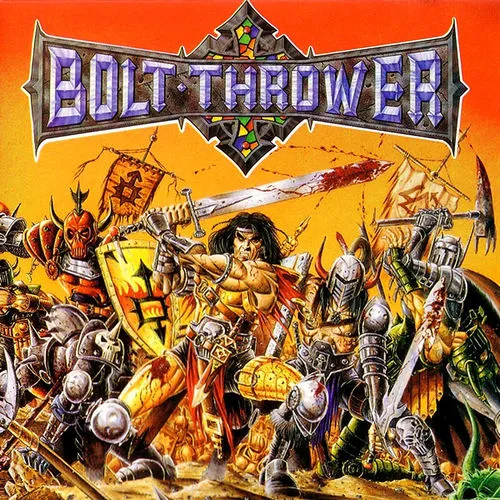
Death Metal
Anatomical illustrations, gore, decayed figures, and chaotic compositions—designed to invoke fear, mortality, and visceral shock.
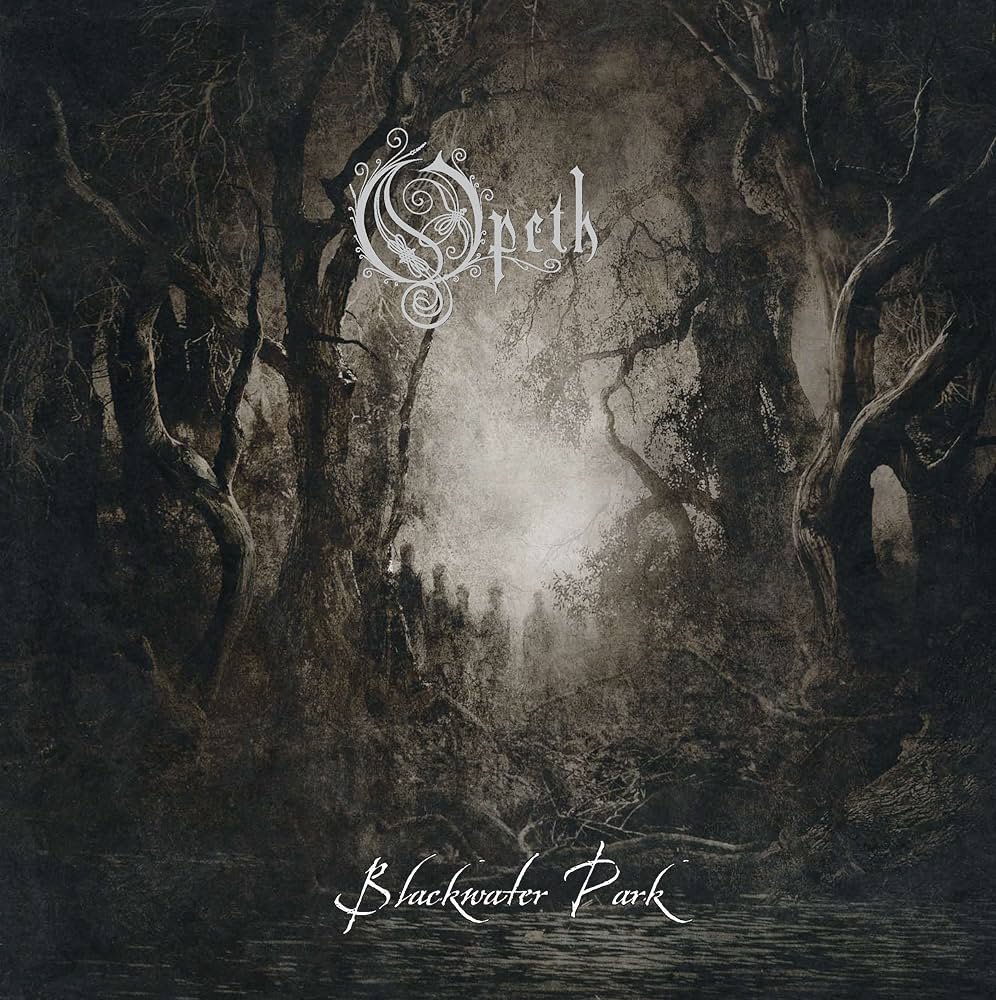
Progressive Metal
Abstract, surreal, or philosophical visuals using intricate details and muted color palettes—intended to stir curiosity, complexity, and introspection.
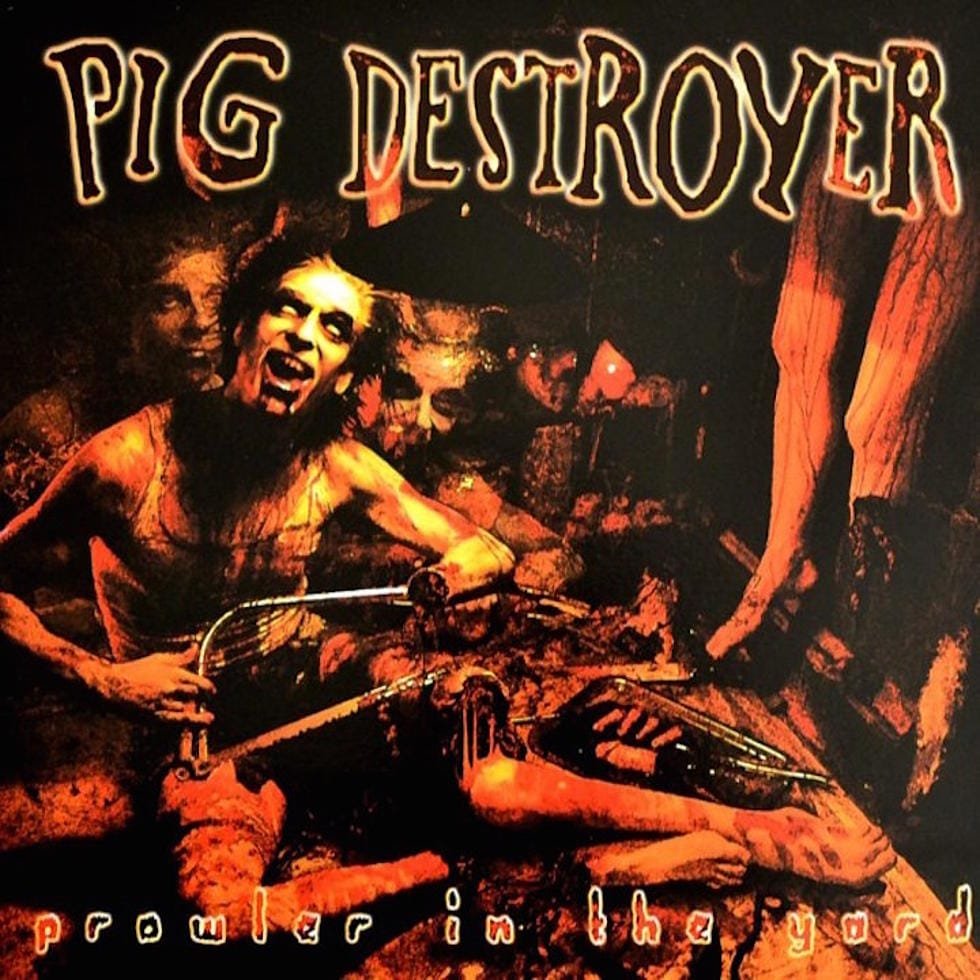
Brutal Death Metal
Hyper-violent and grotesque scenes, saturated colors, and dense design—deliberately overwhelming to reflect sonic brutality and extreme aggression.
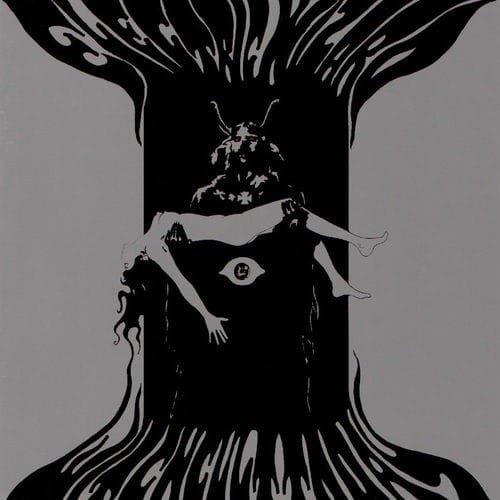
Doom Metal
Minimalist, vintage, and analog-inspired imagery often portraying decay, fog, and solemnity—meant to invoke sorrow, contemplation, and weight.
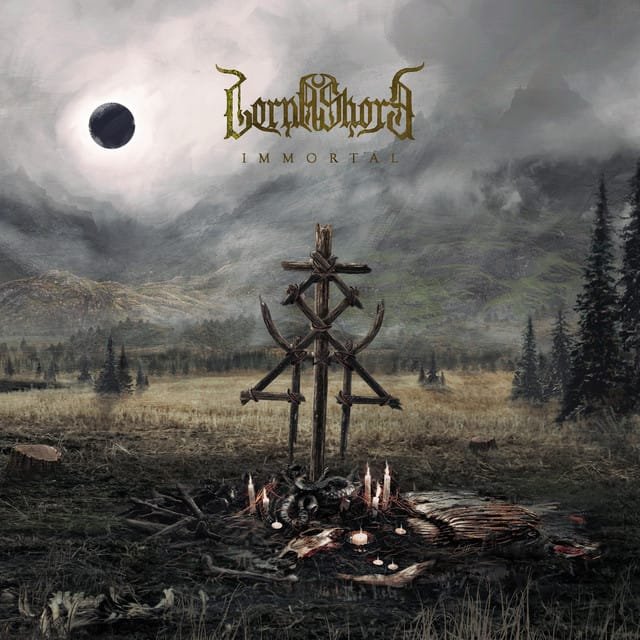
Deathcore
A fusion of death metal and metalcore aesthetics, often featuring dystopian, apocalyptic imagery, digital effects, and horror-inspired visuals to evoke chaos, emotional torment, and existential collapse.
Cognitive Dissonance: When Visuals Clash with Sound
Sometimes, a disconnect between artwork and sound creates confusion or even rejection. If a melodic metalcore band uses hyper-gory artwork, it might alienate fans expecting harmony and depth. Cognitive dissonance causes mental discomfort when expectations and reality diverge.
The Role of Cultural Context
Visual symbols mean different things in different cultures. A pentagram may be seen as rebellious in the West but might carry different connotations elsewhere. Understanding the cultural lens of your target audience can enhance the psychological impact of your metal artwork.
Psychological Continuity Across Releases
Consistency across album covers builds psychological continuity. Think of Iron Maiden’s recurring Eddie mascot. This visual continuity fosters fan loyalty and deepens emotional investment.
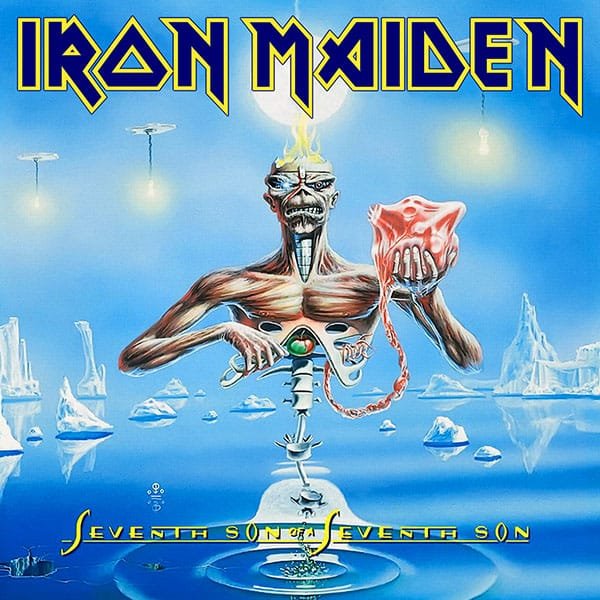
Minimalism vs. Maximalism: The Aesthetic Spectrum
- Minimalist artwork (e.g., doom and post-metal) evokes reflection and gravity.
- Maximalist designs (e.g., death and tech metal) create chaos and complexity.
Both styles play into psychological engagement, with minimalism favoring introspection and maximalism stimulating sensory overload.
Psychological Anchoring in Visual Design
Anchoring is a psychological principle where first impressions bias future perception. The first piece of visual content a fan sees will color their interpretation of all future music and messaging. That’s why debut releases often set the aesthetic tone for a band’s entire career.
The Neuroscience of Pattern Recognition
Humans are hardwired to notice patterns. Repeating elements like logos, colors, or recurring symbols create familiarity. This repetition builds recognition in crowded digital spaces.
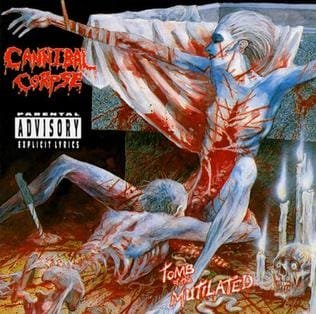
Why Some Metal Artwork Goes Viral
Virality is driven by psychological triggers:
- Shock value
- Nostalgia
- Storytelling
- Meme-ability
Covers that tap into multiple emotional layers—while staying on-brand—have a greater chance of being shared, remembered, and celebrated.
Case Study: Ghost – Meliora
Ghost’s Meliora album art evokes vintage propaganda posters with a gothic twist. The symmetrical architecture, muted colors, and ominous central figure convey control, religion, and dystopia—all central to the band’s lyrical themes. This intentional psychological design enhances the band’s mysterious, theatrical brand.

How to Apply Psychology in Your Metal Artwork
- Define Your Emotional Goals: Decide how you want your audience to feel.
- Choose Symbols Strategically: Align with your lyrics and genre.
- Test for Impact: Share mockups and gauge reactions.
- Stay Consistent: Use visual continuity to build identity.
Final Thoughts: Design with the Mind in Mind
The best metal artwork is both emotional and intentional. By leveraging psychological principles—from color theory and symbolism to cognitive bias and archetypes—metal bands can forge stronger bonds with their audience. Your cover art is your handshake with the world. Make it powerful, meaningful, and unforgettable.

